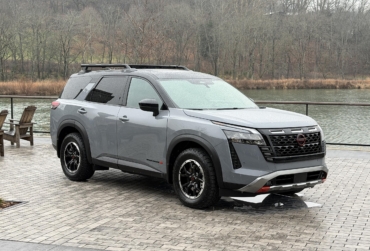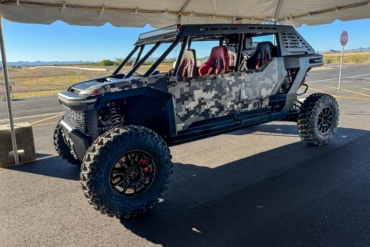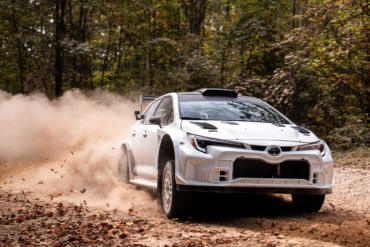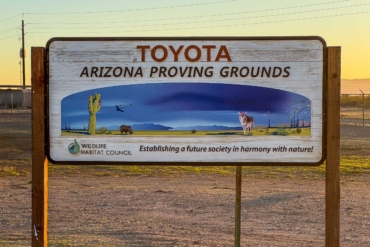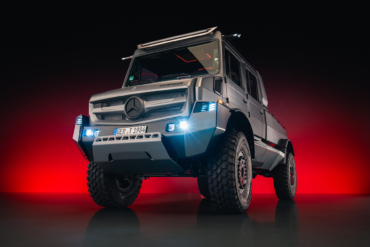When it comes to the new F-150 Lightning, Ford has under-promised and over-delivered. The automaker has revised key metrics for its all-electric pickup, revealing that the Lightning will beat original estimates on horsepower, payload, and range.
Like the rest of the F-150 lineup, Ford promised that its new EV pickup would be a brawny beast. But it’s bulked up more than many had expected.
Even the base version of the truck will now make 452 horsepower, with the extended-range package boosting that to 580. In a new video message, Ford CEO Jim Farley touted the Lightning as “the most powerful version of the F-150 we’ve ever made.”
The Lightning is Ford’s first all-electric pickup. And the automaker cautioned last year that final specs would likely change by the time it got into production. With the first “saleable” version of the Lightning rolling down the line last month, Ford has revised some key metrics.
Ford F-150 EV: Lightning Power
All versions of the Lightning will use twin electric motors, one on each axle. Buyers will get two choices when it comes to batteries, however. Standard-range models will be equipped with 98kWh lithium-ion packs, while that jumps to 131 kWh in extended-range models.
“SR” models will now deliver a peak 452 horsepower, Ford just announced, up from the original target of 426 horsepower. That comes in two ponies higher than the gas-powered F-150 Raptor — until now the most powerful version of the F-150 available.
“LR” models will see horsepower jump from 563 to 580, said Ford. All versions of the Lightning will continue to punch out 775 pound-feet of torque.
In his video preview, Farley said the Lightning will launch from 0-60 in just over 4 seconds, a wee bit faster than the original 4.5-second target.

Payload, Range Also Get a Bump Up
The Lightning’s maximum payload also gets a bump on some models, climbing as high as 2,235 pounds, a 235-pound increase from the original target. Ford says that will impact only some versions of the truck, however, and has not identified which versions.
In March, Ford revealed that versions of the Lightning with the larger pack will get a 7% increase in range over its original estimates. That means up to 320 miles per charge on XLT ER and Lariat ER models, according to the EPA. They were forecast to deliver 300 miles.
The heavier Platinum ER model’s range jumped from 280 to 300 miles. (Trucks equipped with the standard-range battery will continue to get 230 miles per charge.)
“We were seriously focused on raising the bar on this truck, including after we revealed it, so we can deliver more for our customers,” Linda Zhang, Lightning engineering manager, said in a statement.
Then There Are the Sales Numbers
While the new numbers might seem impressive, the Lightning lags behind two key competitors in terms of muscle. The new GMC Hummer Edition 1 is rated at an even 1,000 horsepower and 1,200 pound-feet of torque, while the Rivian R1T Launch Edition manages 835 horsepower and 908 pound-feet of torque.
But those two competitors can’t keep up with Ford on one key statistic. Since the automaker began taking reservations last year, it has so far collected deposits from more than 200,000 customers.
Ford hasn’t revealed how many of those are following through and placing final orders. But industry analysts believe it will take the automaker well into the 2023 calendar year before it can meet demand.
When the project began, Ford cautiously estimated it would need to build about 25,000 Lightnings annually at the new Rouge Electric Vehicle Center in the Detroit suburb of Dearborn. It has repeatedly beefed up that number and now hopes to deliver as many as 150,000 annually once upgrades to that plant are completed.
If demand holds, the Lightning could become the first non-Tesla battery-electric vehicle (BEV) to reach sales of more than 100,000 annually, said Sam Abuelsamid, principal analyst with Guidehouse Insights.


